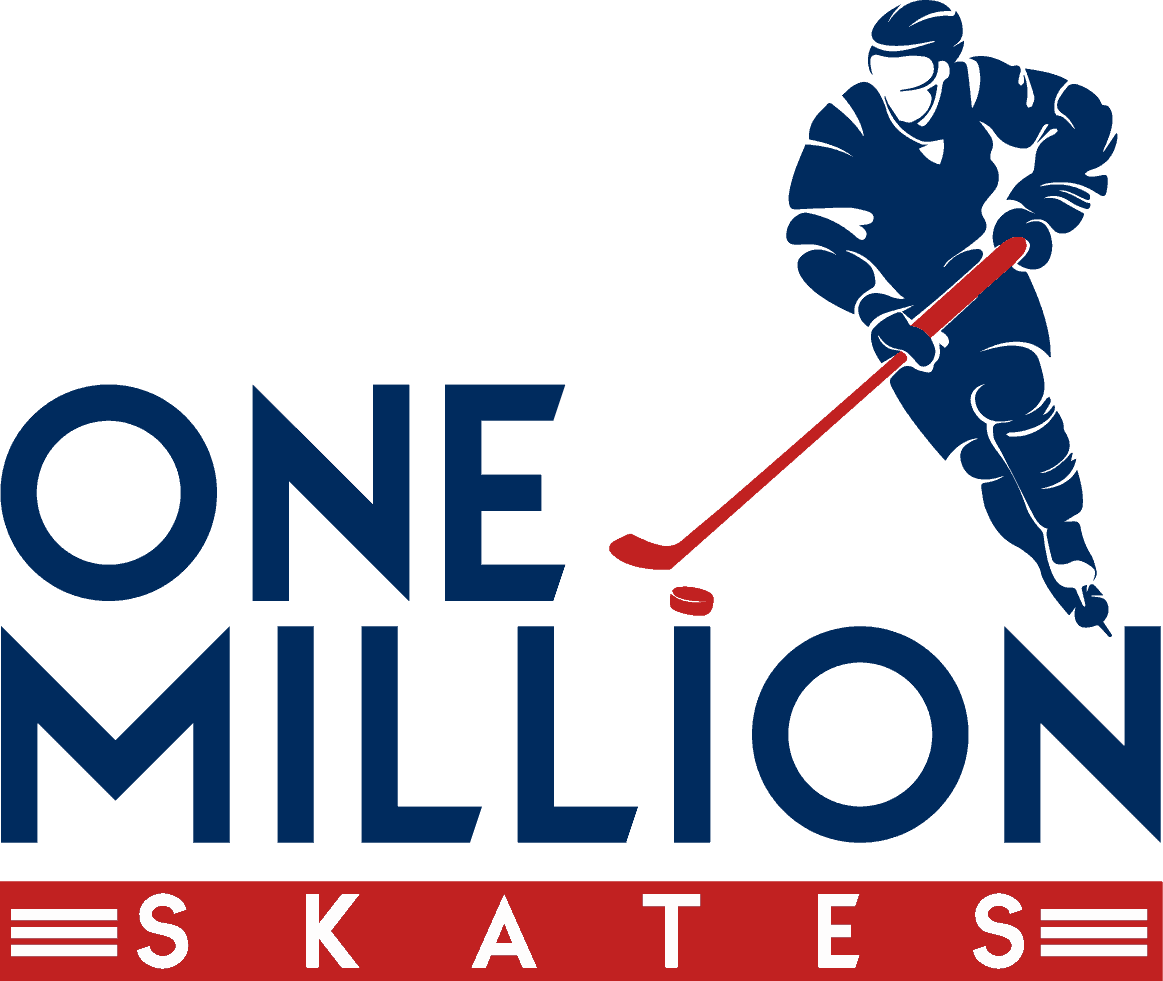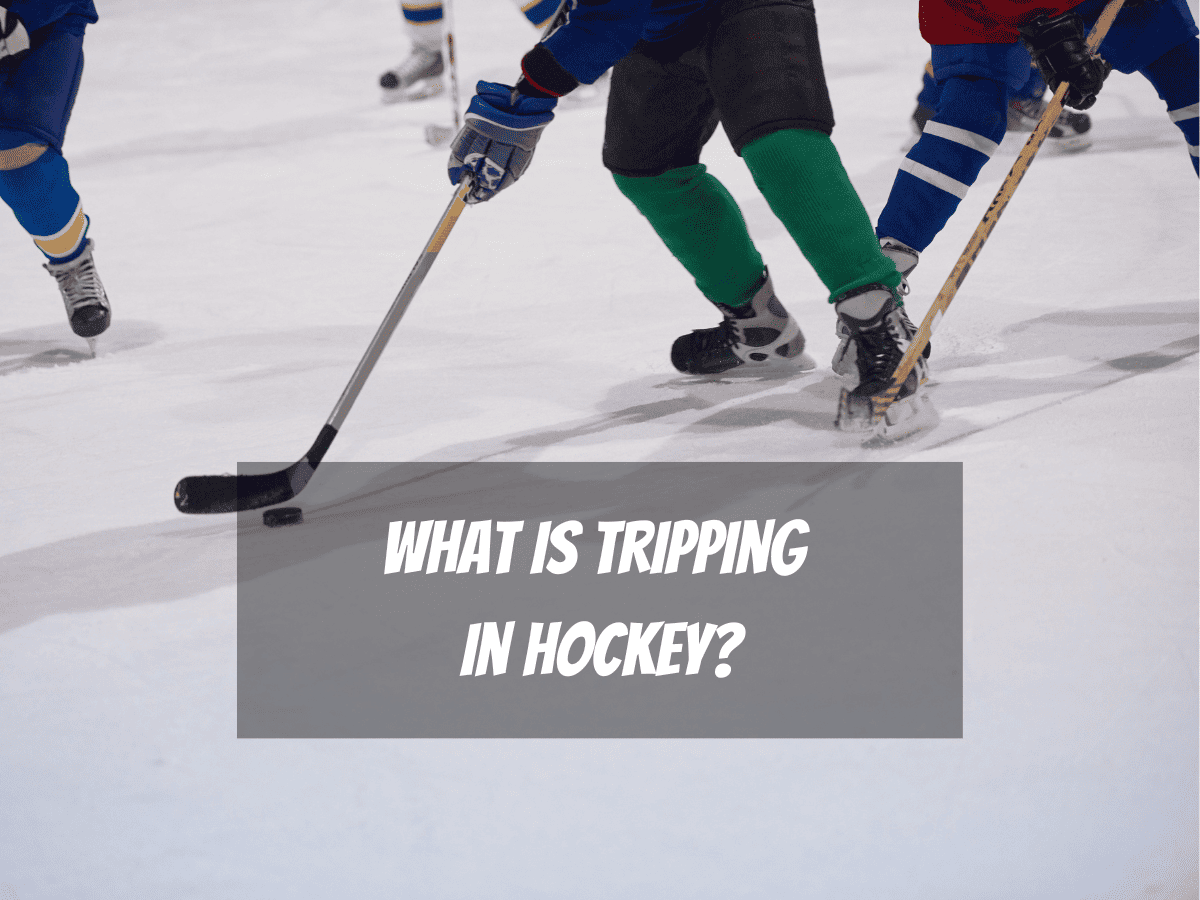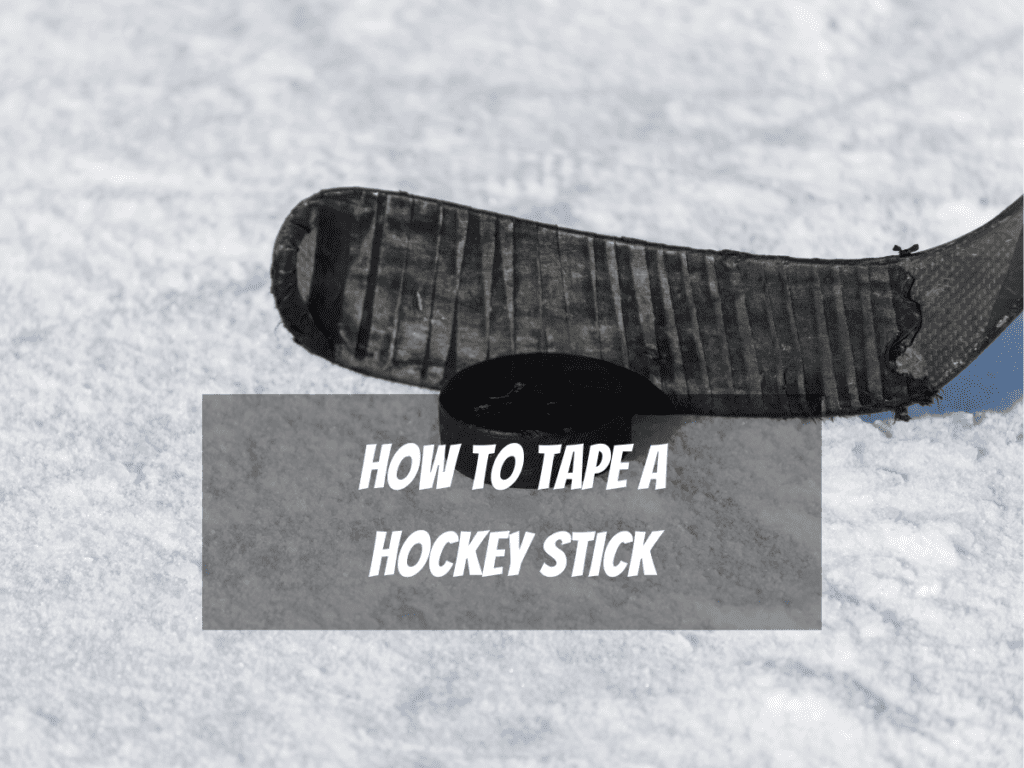Tripping in hockey is a penalty that can dramatically alter the course of a match. For those new to the term, a tripping penalty is awarded when a player hinders another player's movement, causing them to trip or fall. It's a regulation put in place to uphold the safety and fairness of the sport.
This obstruction can be executed using various body parts or equipment. Grasping its intricacies is vital for players and enthusiasts, as the resulting penalties can significantly affect the outcomes of games.
What Does Tripping Mean In Hockey?
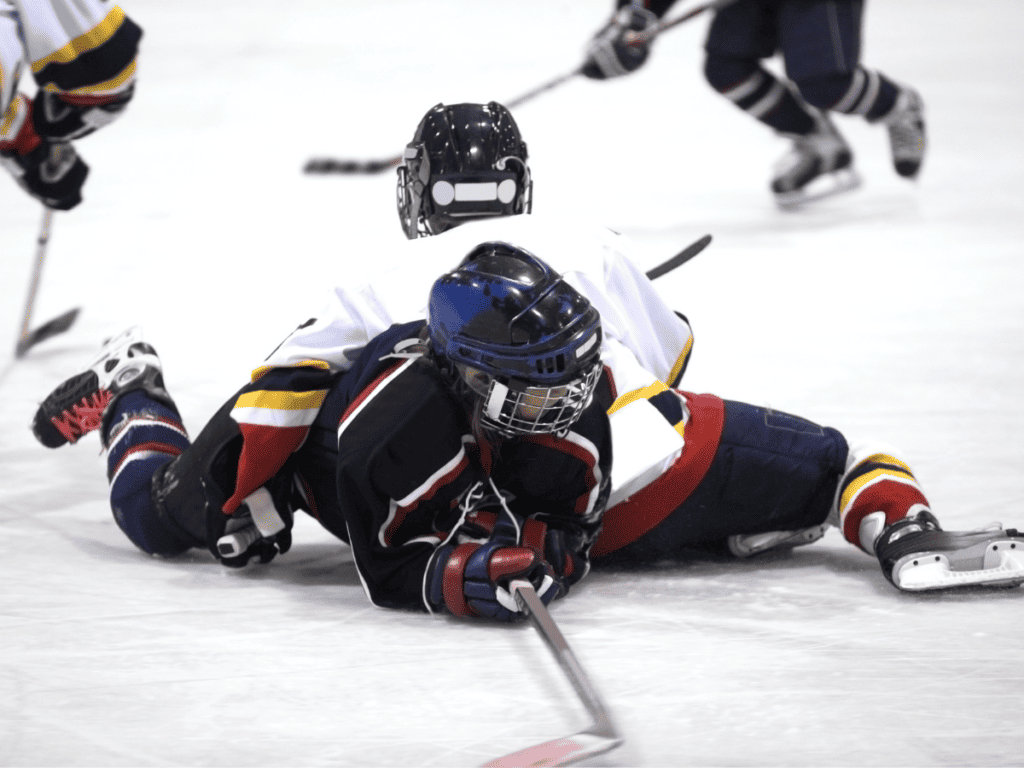
Tripping in hockey is characterized as making an opponent lose their footing. This can be achieved by placing a hand, elbow, leg, knee, foot, or even a stick in the path of an opposing player.
It's essential to differentiate this from other penalties like clipping, leg checking, or slew footing, even though they might appear similar. Each of these penalties has its own criteria, and understanding the subtle differences can greatly enhance one's appreciation of the game's strategic depth.
Slew footing in ice hockey is a dangerous action where a player trips an opponent from behind, typically using their leg, skate, or stick. This action can lead to severe injuries, especially if the player lands on their back or head.
Clipping, also known as a “low hit,” is where a player uses their body to make contact at or below an opponent’s knees. This may take the form of a player lowering their body prior to making a check or being checked.
Are You Looking To Unleash Your Inner Hockey Player?
You may be a seasoned player moving to the next level, a novice, or a fan trying to understand the game.
Do you want to know how to stay calm in tight situations, how to break in hockey skates, or just a few extra chirps for your next game?
We have the answers to these and many more questions.
How Tripping In Hockey Occurs
Tripping in hockey can be both deliberate and accidental. For instance, a defensive player, in an attempt to thwart an offensive move, might extend their stick, unintentionally causing the forward to trip.
Such incidents are frequent, especially during critical moments in a game when the stakes are high, and a split-second decision can mean the difference between a win and a loss.
Another scenario is when goaltenders accidentally or deliberately trip an opponent. Contrary to popular belief, goalies aren't exempt from the tripping rule; they, too, can face penalties for such transgressions.
However, the tripping penalty will be served by one of the skaters on the team.
Different Types Of Hockey Tripping
While the basic premise of tripping revolves around causing an opponent to lose balance, the methods employed can vary. A player might use their stick, foot, arm, or leg to trip an opponent.
Each form of tripping presents its own set of challenges for referees, especially in a sport as dynamic as hockey.
The speed and agility of players, combined with the game's intensity, can sometimes make it challenging to judge whether a trip was intentional or merely a result of aggressive play.
Penalties For Tripping In Hockey
The consequences for tripping in hockey are well-defined. Typically, a player found guilty of tripping an opposing player receives a 2-minute minor penalty. However, there are exceptions.
Players found guilty of tripping face various penalties, each corresponding to the severity and intent behind the infraction.
Minor Penalty For Tripping
The most common tripping penalty in hockey is a two-minute minor penalty. This is typically assessed when the tripping action is deemed reckless but without malicious intent or injury.
It results in a two-minute penalty which ends if the opposing team scores.
Major Penalty For Tripping
However, if the tripping action has an apparent intent to harm the opponent, the player can be handed a five-minute major penalty. If a player is injured, this will also result in a major penalty.
A major penalty takes the offending player out of the game for 5 minutes. Unlike with a minor penalty, the player must remain in the box for a full 5 minutes, even if the opposing team scores.
Game Misconduct For Tripping
A referee may also decide to issue a game misconduct penalty which involves the suspension of the player or for the balance of the game.
Match Penalty For Tripping
The referee may also, at their discretion, assess a match penalty if the player recklessly endangers their opponent by tripping.
Penalty Shot For Tripping
If the tripped player was on a clear scoring chance, like a breakaway, and the tripping action was blatant, they might be awarded a penalty shot. This not only provides an exciting moment for fans but also serves as a deterrent for players considering such tactics.
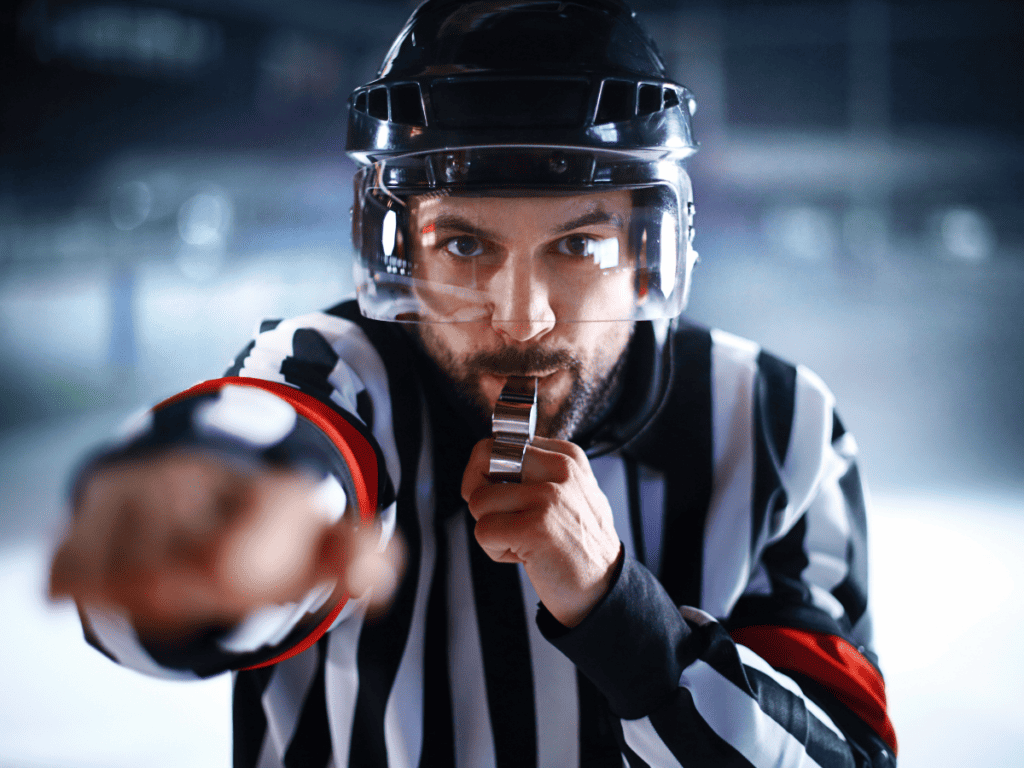
Referee’s Role In Identifying Tripping
Referees play a pivotal role in upholding the game's standards. In the context of tripping, their responsibility is to discern genuine trips from dives or exaggerations. Referees undergo rigorous training to make these split-second decisions, ensuring the game is fair and enjoyable.
Controversies Surrounding Tripping In Hockey
Like many other rules in ice hockey, tripping isn't immune to controversies. The rise of players diving to draw penalties has blurred the lines. Referees now bear the added burden of distinguishing genuine trips from embellished falls.
Another point of debate is the belief that if a player touches the puck before tripping an opponent, it shouldn't be considered a penalty.
However, this was clarified in 2014 when the National Hockey League (NHL) stated that a tripping penalty can still be called even if a player gets to the puck first.
What Is the Difference Between Hooking And Tripping In Hockey?
Hooking is any action of using the blade of the stick in a “pulling or tugging” motion to impede the progress of an opponent. The difference is that hooking doesn't involve the opposing player losing their balance and falling to the ice.
Conclusion - Tripping In Hockey
Understanding tripping in hockey is essential for anyone closely following the sport. The rule ensures player safety and preserves the game's integrity. While debates might occasionally arise, the rule's core principle remains unchanged: to penalize actions that unjustly hinder a player's movement.
